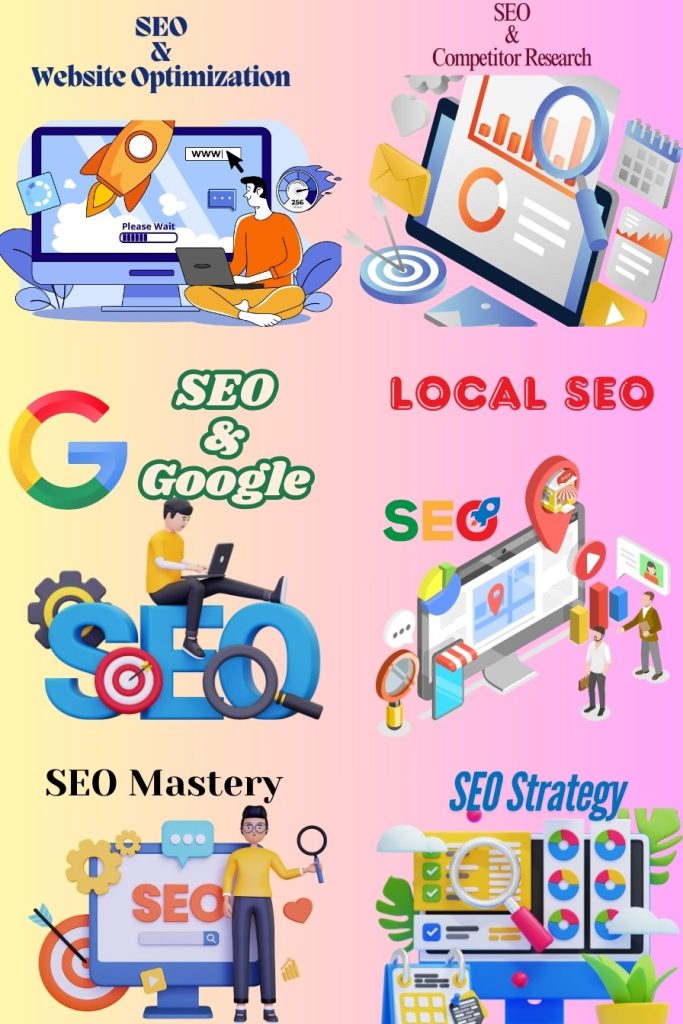Introduction to AI Jobs
1-1. What Are AI Jobs?
Imagine a day when robots make judgments in milliseconds, learn like humans, and even foretell the future. AI employment nowadays reflects this fact. These positions involve shaping the intelligence behind virtual assistants, self-driving vehicles, and even medical diagnoses, not just programming. But precisely what are AI Jobs?
Fundamentally, Artificial Intelligence occupations include designing, training, and maintaining artificial intelligence systems. AI experts are the builders of tomorrow’s tech scene, creating chatbots that replicate human speech or algorithms that detect credit card fraud. Consider artificial intelligence a digital brain; someone must program it, provide it with facts, and train it to think logically. You can help with this.
1-2. The Evolution of AI in the Workforce
Remember when Artificial Intelligence emerged as a future idea in science fiction films? By now, it’s everywhere—from the facial recognition on your smartphone to Netflix’s recommendation engine. The employment market for artificial intelligence has grown quicker than a viral TikTok fad. Artificial intelligence (AI) was primarily limited to research laboratories in the 1990s. Present now. Like they would for the final piece of pizza at a tech conference, companies such as Google, Tesla, and Amazon compete for top artificial intelligence expertise.
The change took time, not overnight. Machine learning, big data, and cloud computing breakthroughs transformed artificial intelligence from a niche area into a trillion-dollar sector. The worst is that we are still in the early phases. If you’re searching for a job that won’t become outdated, this is it, as artificial intelligence is developing quicker than humans can keep up.
1-3. Why AI Jobs Are the Future
To cut right to the point, Artificial intelligence is a growing employment trend, not just one. By 2025, the World Economic Forum projects artificial intelligence will generate 97 million new jobs. Concurrently, positions like “AI Ethics Officer” and “Machine Learning Engineer” did not exist ten years ago.
Why is there so much buzz? Since artificial intelligence answers practical issues. It helps physicians detect cancer early on, prevents financial fraud before it occurs, and even reduces energy waste in smart cities. Demand for artificial intelligence knowledge is rising faster than the number of hipster café avocado toast orders. And with incomes sometimes in six figures right out of college, it’s no wonder students are flocking to AI degrees like seagulls to fries.
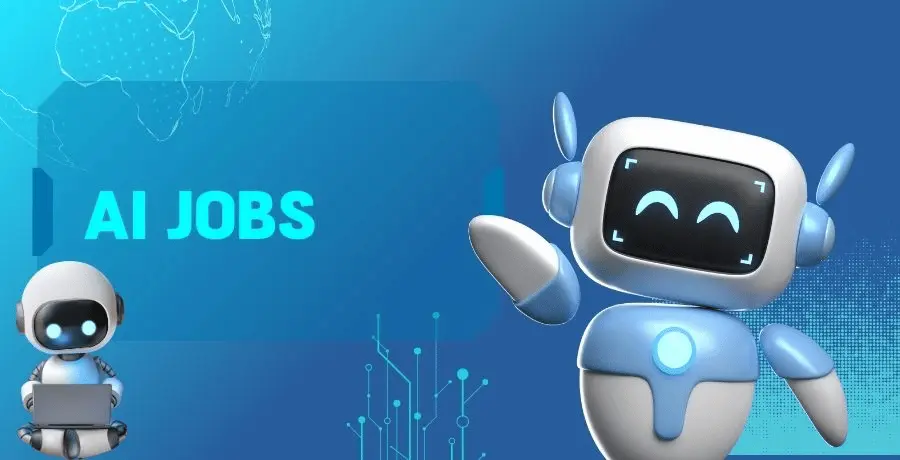
Types of AI Jobs in the Market
2-1. AI Engineer: The Backbone of AI Development
If Artificial Intelligence systems were skyscrapers, AI Engineers would be the building crew—laying the foundation, welding the beams, and ensuring everything stands tall. These tech experts create the algorithms that drive everything from stock market forecasts to facial recognition.
What does one day in life look like? Picture this: You are deep in Python code, adjusting a neural network to identify dog breeds (because, let’s face it, the internet needs to know if that is a Shiba Inu or a corgi). Alternatively, you may be training an artificial intelligence model to avoid pedestrians more effectively than a worried driving instructor, thereby improving an AI model for a self-driving vehicle.
Important competencies? You’re golden if you know Python, TensorFlow, and PyTorch. Oh, also patience; troubleshooting artificial intelligence is like teaching a child mathematics.
2-2. AI Data Scientist: The Brain Behind Data Insights
Data scientists are the Sherlock Holmes of artificial intelligence, searching through mounds of data for latent trends. They train the systems as artificial intelligence developers create them. Since “garbage in, garbage out,” they give artificial intelligence models orderly, clean data.
Ever wonder why Spotify knows you would adore that obscure indie band? I owe a data scientist thanks. They forecast what you will click, purchase, or binge-watch next using statistical models, machine learning, and a little magic.
The catch is _ you will need statistical knowledge more refined than a knife used in sushi cooking. Your buddy is SQL, R, and data visualization tools like Tableau. And could you break down complex algorithms for non-technical readers? You are a unicorn.
2-3. AI Marketing Jobs: The New Frontier of Digital Advertising
Marketing used to be based more on instinct and catchy phrases. Now, AI determines which ads you see, when, and why on a data-driven battlefield. The puppet masters behind tailored shopping experiences—like Amazon’s “You might also like” section, which knows you better than your therapist—are artificial intelligence marketers.
Yes, artificial intelligence can create blog posts—meta, right? These experts utilize machine learning to optimize ad expenditures, forecast client churn, and create content. Though tools like Google’s Smart Bidding and Facebook’s ad algorithms do the hard work, people still guide the ship.
This hybrid function is your golden ticket if you like analytics and creativity. Be prepared to be surprised when artificial intelligence starts drafting your job description.
Skills Required for AI Jobs
3-1. Technical Skills: Coding, Machine Learning, and Neural Networks
Realistically, you cannot create artificial intelligence systems without coding abilities or construct a home without a hammer. Python is the Swiss Army knife of artificial intelligence development; your power tools are libraries such as TensorFlow and PyTorch. The truth is, however, understanding syntax is like knowing how to handle a paintbrush: what you produce counts.
The magic occurs in machine learning. It’s like training a dog new skills; only, your “dog” is an algorithm capable of processing millions of data points before your coffee finishes. Learn under supervision? That is your fundamental fetch instruction. In unsupervised learning? Your dog is now learning, on its own, to classify its toys based on color and size.
Neural networks are the rock stars of artificial intelligence—complex, intense, and sometimes erratic. Imagine a group of highly motivated interns exchanging notes with one another, each focusing on a different aspect of the issue. Deep learning models operate essentially this way, except for these “interns,” who can process data at a high speed and never sleep.
3-2. Soft Skills: Problem-Solving and Critical Thinking
The top artificial intelligence experts are not just programmers of monkeys; here’s a dirty little secret. Rolled together, they are storytellers, philosophers, and investigators. When your model continues to misfire like a jalopy in winter, it’s not just about adjusting settings; it’s also about understanding why it’s failing.
In artificial intelligence, critical thinking is akin to being a restaurant food critic, where the menu changes every minute. While the kitchen (data pipeline) may be on fire, you must taste, assess, criticize, and provide improvements. Not to mention communication skills; explaining neural networks to a non-tech manager is like teaching quantum physics to a golden dog.
3-3. The Role of Continuous Learning in AI Careers
Change is a constant in the field of artificial intelligence. Today’s modern method is tomorrow’s outdated library. Maintaining relevance is like being a lifelong student; don’t panic—you don’t have to return to school unless you choose.
The learning curve is often a cliff with sporadic plateaus, where you may catch your breath, rather than a curve. Now, your textbooks are available as online courses, research articles, and GitHub repositories. The welcome news is that these resources have never been more readily accessible. The bad news is that there has never been more to learn. Though it’s like drinking from a firehose, at least you won’t die from thirst.
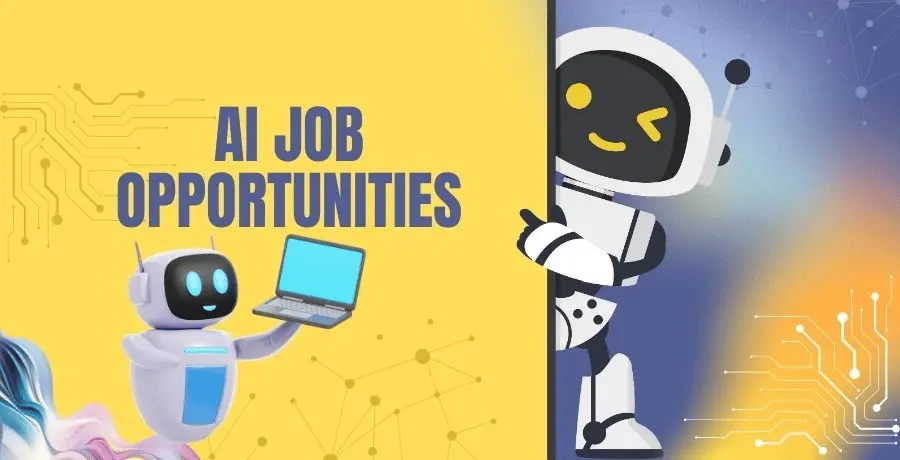
AI Job Opportunities Across Industries
4-1. Healthcare: AI in Diagnostics and Treatment
Imagine a doctor who never gets weary, never misses details, and can quickly read every medical publication ever produced. That is an example of artificial intelligence used in medicine. From X-ray tumor detection to predicting pre-patient deterioration, artificial intelligence is increasingly helping doctors.
Particularly when the needle in a haystack symbolizes a possible early-stage cancer, radiography artificial intelligence may uncover abnormalities that the human eye might overlook. And tailored treatment? Like a Netflix algorithm, but for your health, artificial intelligence examines your genes, lifestyle, and environment to suggest therapies specifically tailored to you.
4-2. Finance: Fraud Detection and Algorithmic Trading
Banks uses artificial intelligence as a very sophisticated security guard, never blinking. Faster than you could say “identity theft,” fraud detection systems examine millions of transactions to identify crooks in the midst.
AI comes shining in algorithmic trading. These systems rely on their split-second decisions based on past patterns, news trends, and market conditions. It’s like having a Wall Street veteran making investing choices who never panics, sleeps, and can analyze thousands of data points per second.
4-3. Retail: Personalized Shopping Experiences
Have you ever noticed how Amazon knows your preferences before you do? AI is doing wonders here. To forecast what you will buy next, recommendation algorithms use your browsing history, purchasing behaviors, and even the length of time you hover over an item.
AI, working behind the scenes, forecasts fashion trends, optimizes inventory control, and determines dynamic pricing. It’s like having a crystal ball guiding stores toward what to stock, when to discount, and how to keep people returning. The result is shopping events that are so tailored that they seem psychic.
The Rise of AI Training Jobs
5-1. What Does an AI Trainer Do?
Imagine instructing a clever but literal-minded pupil who interprets everything you say exactly. Daily, artificial intelligence trainees do this. These digital teachers are the unsung heroes who bridge the gap between practical knowledge and pure algorithms. Their task is to equip artificial intelligence systems with human language understanding, pattern recognition, and real-world, sensible decision-making capabilities..
For machine learning models, artificial intelligence trainers serve as specialized coaches. They create and classify datasets; imagine sorting millions of cat photos to teach an image recognition system what a cat looks like. By addressing misconceptions, they improve natural language processing systems (no, Siri, when I say “call Mom,” I don’t mean “search for mammograms near me”). Most importantly, they help eradicate preconceptions that find their way into artificial intelligence systems, because, left unbridled, AI may pick up prejudices more quickly than an adolescent does undesirable behaviors via the internet.
5-2. The Growing Demand for AI Training Specialists
Trainers noisier than a gym full of New Year’s resolutioners in January are desperately sought after in the AI employment market. For what reason? Every generative artificial intelligence discovery, every chatbot upgrade, and every autonomous car development progress calls on human trainers to steer their evolution. Companies are realizing that even the most advanced algorithms are like brilliant children; they need appropriate guidance to realize their full potential.
This need has opened up an interesting avenue in artificial intelligence. Though technical knowledge is essential, breaking into AI training does not often require a PhD in computer science. More helpful are subject experience (medical understanding for healthcare AI, legal background for law-focused AI), patience (lots and lots of patience), and what I term “AI empathy”—the capacity to foresee how computers can misread human intentions.
5-3. Challenges in AI Training and Development
Development of Knowledge Artificial intelligence is more like herding cats blindfolded than it is sunshine and rainbows. The “garbage in, garbage out” idea presents one of the difficulties. Feed your artificial intelligence biased or low-quality training data, and you will receive biased, poor outputs. Recall Microsoft’s Tay chatbot that, within hours, became a racist nightmare? That is the result of training that has gone awry.
The “black box” issue adds even more complications. Sometimes, even the trainers find it difficult to understand why their artificial intelligence pupil makes certain judgments. It’s like teaching a young kid arithmetic; suddenly, they are solving quantum physics problems, which is fantastic, but how precisely did we get here? Debugging and enhancing systems become a constant challenge due to this opacity.
Maintaining the fast development of artificial intelligence may be the most challenging obstacle. Methods of instruction that were applied yesterday might be outdated tomorrow. AI teachers must be lifelong learners, continually adapting their approaches to accommodate new designs and capabilities. Although problematic, someone needs to educate these computer brains about human interactions.
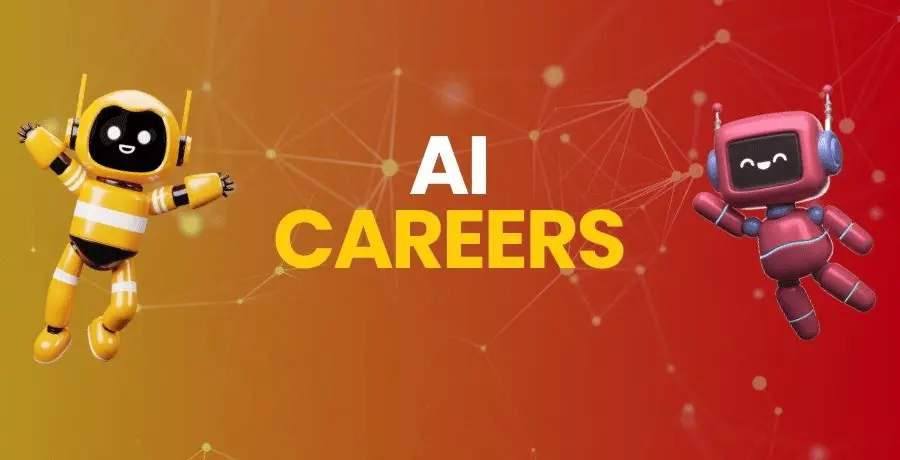
Artificial Intelligence Technician: A Hidden Gem
6-1. Responsibilities of an AI Technician
Meet the AI world’s equivalent of a skilled mechanic – the Artificial Intelligence Technician. While everyone fawns over the flashy AI engineers and data scientists, technicians keep the AI engines running smoothly in the real world. Their job is part IT specialist, part data wrangler, and part troubleshooting wizard.
A typical day might involve monitoring AI systems in production (because yes, even AI needs babysitting), cleaning and preprocessing data feeds (imagine being a bouncer for data – only the good stuff gets in), and performing routine maintenance on machine learning models. They’re also the first responders when something goes wrong, like when your recommendation engine suggests snow shovels to Florida customers or your chatbot develops an attitude problem.
6-2. How to Become an AI Technician
Here’s the good news: becoming an AI technician is one of the most accessible entry points into the field of AI. While engineers and scientists often need advanced degrees, many technicians start with a combination of:
- Technical certifications (like in data management or cloud computing)
- Hands-on experience with AI platforms
- Good old-fashioned problem-solving skills
Community colleges and vocational programs are increasingly offering AI technician tracks—think of them as trade schools for the digital age. The key skills to develop include basic programming (Python is a good choice), an understanding of data pipelines, and sufficient machine learning knowledge to know when to call in the experts.
6-3. Salary Expectations and Career Growth
Don’t let the “technician” title fool you – these roles often pay surprisingly well. Entry-level positions typically start in the $50,000-$70,000 range, but experienced technicians can easily earn six figures, especially in industries such as healthcare or finance, where AI systems are mission-critical.
The career ladder has plenty of rungs, too. Many technicians transition into specialized roles, such as MLops (machine learning operations) engineers, data engineers, or data science positions. It’s like starting as an auto mechanic and ending up designing sports cars – the hands-on experience gives you insights that pure theorists might miss.
Best of all? The job security is excellent. As more companies deploy AI systems, they’ll need armies of technicians to keep them running. It’s not the flashiest AI job, but it might be one of the smartest career bets you can make now.
AI Engineer vs. AI Data Scientist: Key Differences
7-1. Core Responsibilities Compared
Consider yourself creating a top-notch racing automobile. While the data scientist is the pit crew chief, evaluating performance data and adjusting the approach, the AI engineer is the mechanical specialist, building the engine and chassis. Both are vital but serve distinct purposes in bringing you over the finish line.
The builders are artificial intelligence engineers; they design systems, create production-level code, and apply models at scale. Focusing on building strong systems that won’t break when millions of people attack them simultaneously, their daily work consists more of software engineering than arithmetic. Conversely, data scientists live in the field of analysis and experimentation. These are the ones doing innumerable simulations to identify the best method, then turning their results over to engineers to use.
7-2. Educational Pathways for Each Role
Things become interesting here. Typically, they have computer science or software engineering backgrounds and are artificial intelligence engineers. Their training focuses on system architecture, algorithms, and best practices in software development. See it as studying digital world skyscraper construction techniques.
Strong analytical elements are prevalent in more quantitative disciplines, such as mathematics, statistics, physics, or even the social sciences, from which data scientists often hail. Their education stresses data wrangling, experimental design, and statistical modeling. It’s more about finding the fundamental rules governing data than erecting buildings.
7-3. Which Career Path is Right for You?
The million-dollar inquiry! Here’s a quick litmus test: Do you love running your code in production and geek out about system architecture? Perhaps your calling is engineering. < Would you rather delve deeply into data sets and find latent trends? Your thing may be data science.
Recall that they are not pathways with mutual exclusivity. Many people start in one capacity and then move to another. The beauty of artificial intelligence jobs is that they reward hybrid abilities; the data scientist who can productionize their models, or the engineer who knows statistics or data, becomes essential.
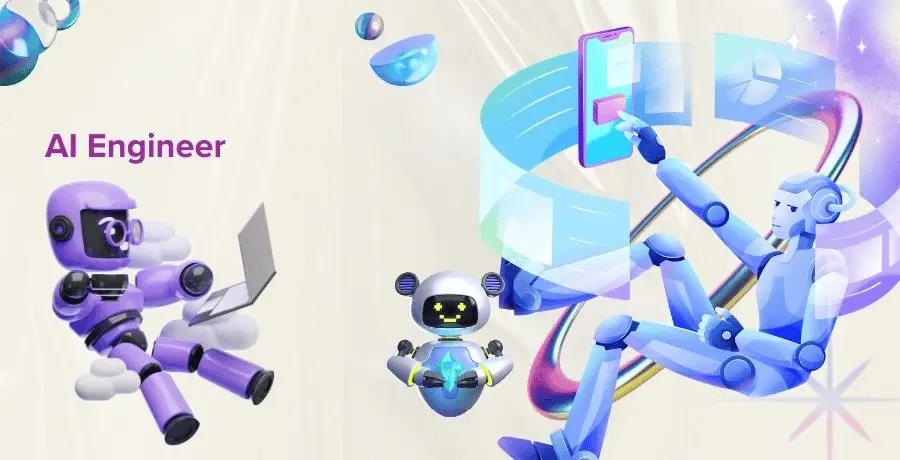
Challenges in the AI Job Market
8-1. Ethical Concerns in AI Employment
AI embodies power and responsibility, rather than just algorithms and financial gain. As an artificial intelligence specialist, you may grapple with issues that would cause a philosopher to perspire. How can hiring algorithms be made bias-free? Should we develop face recognition technology that governments could utilize? These are real-world, everyday problems in the field, not hypothetical scenarios.
The moral quagmire also covers job displacement. AI removes positions while it generates others. We must face an unpleasant reality: some work renders specific human vocations obsolete. Our path over this moral terrain will determine the nature of employment going forward.
8-2. Job Displacement Fears: Myth or Reality?
Let’s handle the server room’s elephant. While some occupations will be automated by artificial intelligence, history suggests that technology generates more possibilities than it kills. The turn is… These increased responsibilities may require different skills. Huge reskilling is the difficulty; massive unemployment is not.
The reality check is that most at-risk are rules-based, repetitious employment. But occupations calling upon emotional intelligence, creativity, and human judgment? In an environment driven by artificial intelligence, they are becoming more valuable. The secret is to be flexible and continually learn.
8-3. The Skills Gap in AI Hiring
Although many roles remain unfilled, companies are eager for AI talent. For what purpose? They are searching for unicorns —applicants who combine commercial acumen with technological skills and subject knowledge. The paradox is that… Many of these “required” abilities can be acquired through on-the-job experience.
For astute experts, this gap opens opportunities. Though you should satisfy the basic criteria, you do not have to tick every box on the job description. Often more important than any particular technical competence is your capacity for problem-solving and eagerness to learn.
How to Land an AI Job in 2024
9-1. Building a Strong AI Portfolio
Forget formula resumes; with artificial intelligence, your portfolio is your golden ticket. Consider it your most outstanding hits album, highlighting initiatives that address actual issues—created a chatbot addressing mental health concerns? Created a recommendation engine just for independent films? These concrete examples consistently surpass more abstract qualifications.
Pro tip: Add also unsuccessful projects. They demonstrate your awareness of the iterative character of artificial intelligence growth because, honestly, even the initial efforts of professionals most likely resembled the finger painting of a baby. Record your ideas, difficulties, and ways you enhanced the model. This narrative technique gives your portfolio life.
9-2. Networking in the AI Community
Do you know the embarrassing tech gathering you’ve been avoiding? It could just land your ideal job. The world of artificial intelligence is built on relationships, not algorithms. Participate in open-source projects, run AI forums, or launch a blog that dissects complex ideas.
Recall: Networking isn’t about accumulating Poké-style business cards. It has to do with real participation. Comment on the article of that researcher, volunteer to beta test a new tool for a company, or form a local study group. Often, these natural relationships offer opportunities not found on any employment board.
9-3. Top AI Job Platforms to Explore
Although LinkedIn is a clear starting point, go further. Specialized platforms like: – AI Jobs (simply but powerfully)
Kaggle (not just for contests) also
– The employment board of Anthropic for innovative positions often has hidden treasures.
Never sleep on corporate career websites either. Many artificial intelligence-first companies want straight applications. Create Google alerts for the firms you desire; being among the first candidates might make all the difference in this cutthroat industry.
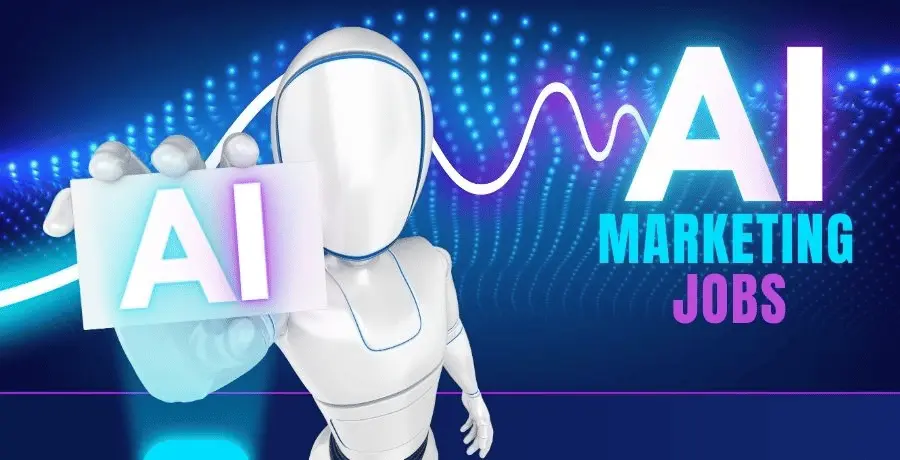
The Future of AI Jobs
10-1. Emerging AI Roles We Haven’t Seen Yet
Get ready; the AI work scene will seem very different in five years. We discuss roles like AI Personality Designers (creating chatbot identities)
Debugging the model “mental health” based on neural networks
Reality Augmentation Specialists (combining AR/VR with artificial intelligence)
These are unavoidable evolutions rather than sci-fi dreams. The thread is that roles combine technological knowledge with human talents, such as emotional intelligence and creativity.
10-2. How Automation Will Shape AI Careers
The ironic turn-around is here: Parts of AI occupations will also be automated by AI. Already, a tool like GitHub Copilot is used to write simple code. The victors will be those who concentrate on higher-order skills, such as strategic thinking, ethical concerns, and creative problem-solving, which robots cannot yet replicate.
Consider it as a calculator for an arithmetic class. They paid attention to more difficult issues; they did not eradicate mathematicians. Artificial intelligence technologies will similarly improve rather than replace highly qualified experts.
10-3. The Role of Government Policies in AI Employment
Expect an increase in legislative participation as the influence of artificial intelligence grows. This implies that specific job certifications are needed.
Ethical usage calls for: possible licensing for sensitive uses
Maintaining ahead requires tracking changes in policies. Those who grasp the technology and its social consequences will be among the most effective artificial intelligence experts.
AI Jobs and Salary Expectations
11-1. Highest-Paying AI Jobs in 2024
AI’s pay range spans more ground than the Grand Canyon. At the highest end:
Research Scientists in Artificial Intelligence ($200K+ in big labs)
Engineers in machine learning ($150K+ in tech hubs)
AI Product Managers ($180K+ among FAANG businesses)
Remember, too, that these figures vary significantly depending on the region, business size, and degree of specialization. Niche knowledge, such as neurosymbolic artificial intelligence or quantum machine learning, pays significant rewards.
11-2. Factors That Influence AI Salaries
Beyond mere technical ability, three factors significantly affect salary:
Domain experience (healthcare artificial intelligence pays more than retail)
Ability to communicate artificial intelligence to non-technical stakeholders; past performance of models generating income
Remarkably, soft skills can significantly distinguish between excellent and mediocre wages. Worth their weight in GPUs, engineers who can bridge the tech-business gap are invaluable.
11-3. Negotiating Your AI Job Offer
Hiring artificial intelligence is competitive; exploit that advantage. Prominent strategies:
Emphasize particular initiatives reflecting their requirements.
Receive multiple offers to initiate bidding battles.
Bargain for educational opportunities, such as conference funding.
Remember: In fast-evolving areas, growth potential sometimes exceeds the instantaneous payoff. Working with innovative technology now might pay off in your future job.
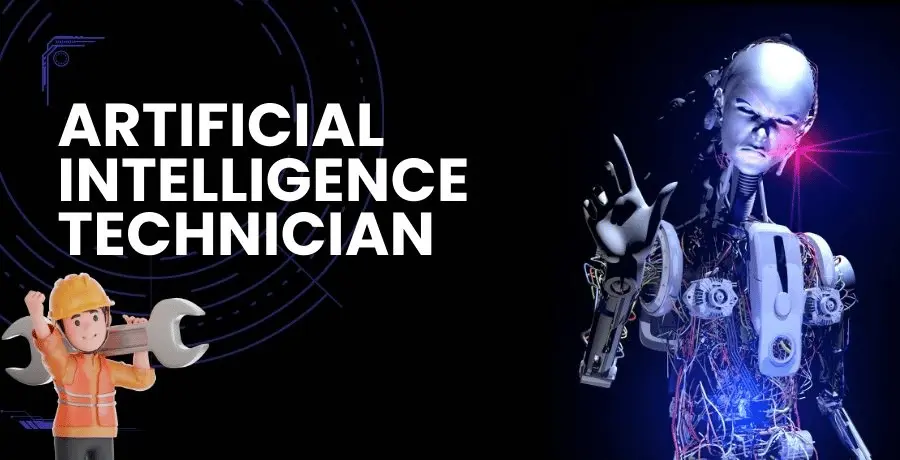
Conclusion
Let’s sort through the hype; not everyone wants a job in artificial intelligence. Indeed, the pay is outrageous, and the job may be exciting (who wouldn’t want to train robots to think?). Still, it’s a sector that requires constant learning, accepts mistakes as inevitable, and moves at a speed that would make even the brightest brains lightheaded.
On the bright side, you’re addressing issues transforming sectors of business. You’re perfect-tuning a chatbot one day; the next, your model may enable the diagnosis of rare illnesses. The intellectual challenge is like sipping from a firehose of creativity. Not least of all is employment stability; in today’s tech-driven economy, knowledge of artificial intelligence is the golden ticket.
The reality check is that artificial intelligence isn’t just programming at a friendly Silicon Valley company. Starting to categorize cats as dogs involves debugging a model at 2 AM. It’s clarifying for your CEO why your “perfect” algorithm didn’t work as expected in manufacturing. And it’s always upskilling because you become outdated without ongoing learning.
FAQs
- What jobs can you get in AI?
You can pursue roles like AI engineer, data scientist, AI marketing specialist, machine learning researcher, and AI ethics consultant.
- Is AI a high-paying job?
Absolutely! AI professionals often earn six-figure salaries, with AI engineers and data scientists among the highest-paid roles in tech.
- What’s the easiest AI job to get?
Entry-level roles, such as AI technician or data annotator, are relatively more straightforward to break into compared to advanced positions, like AI researcher.
- Can you use AI for marketing?
Yes! AI-driven marketing involves personalized ads, chatbots, and predictive analytics to enhance customer engagement.
- What jobs can an AI engineer do?
AI engineers develop machine learning models, optimize algorithms, and deploy AI solutions across various industries, including healthcare, finance, and robotics.


